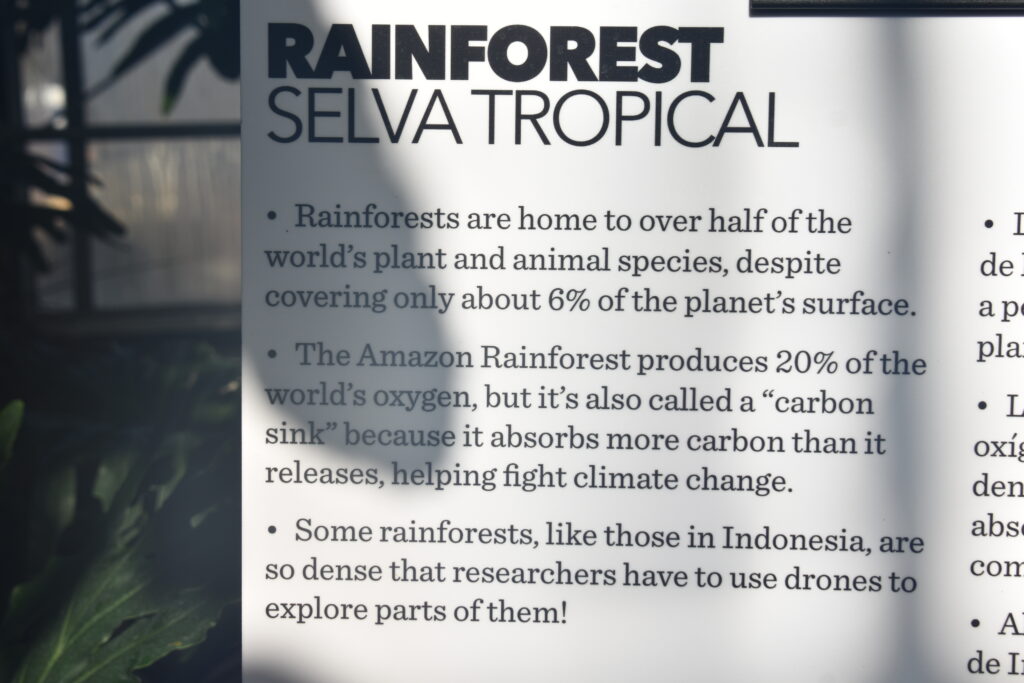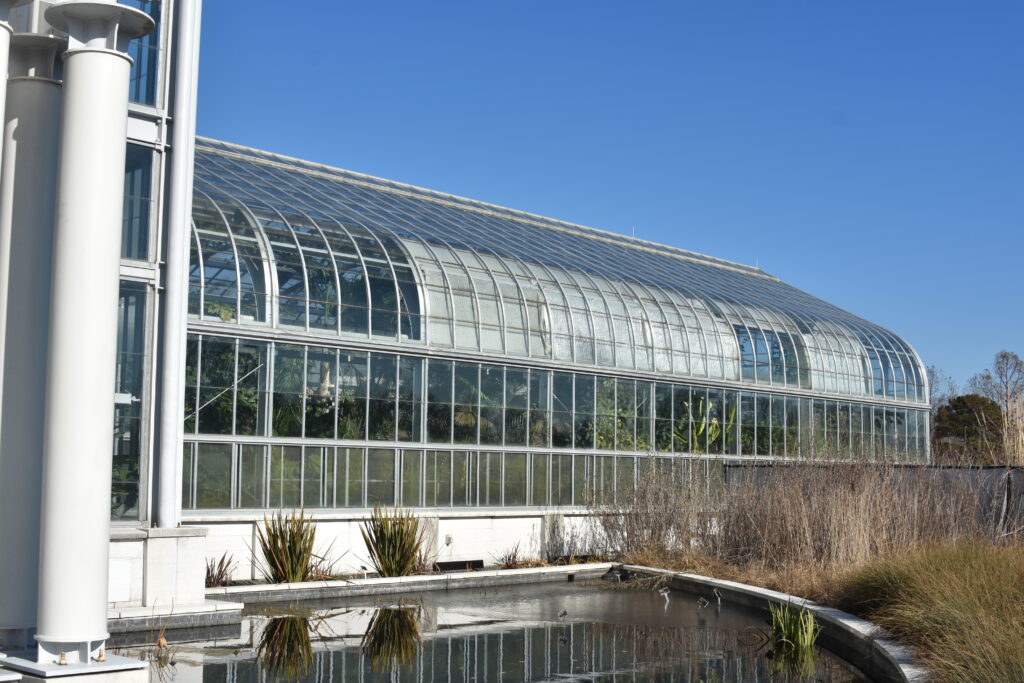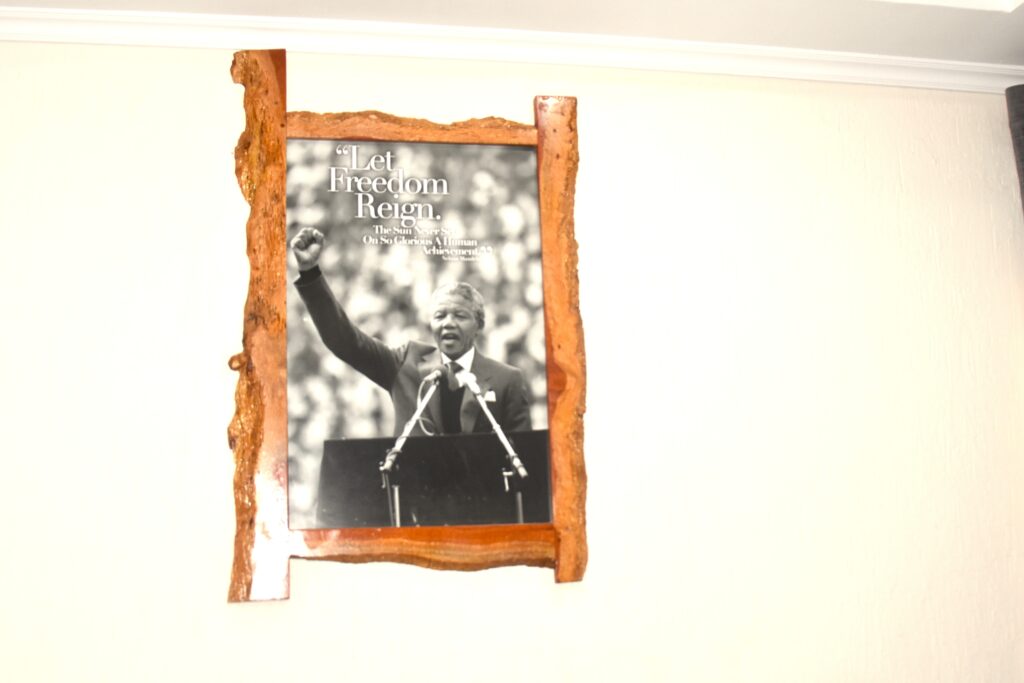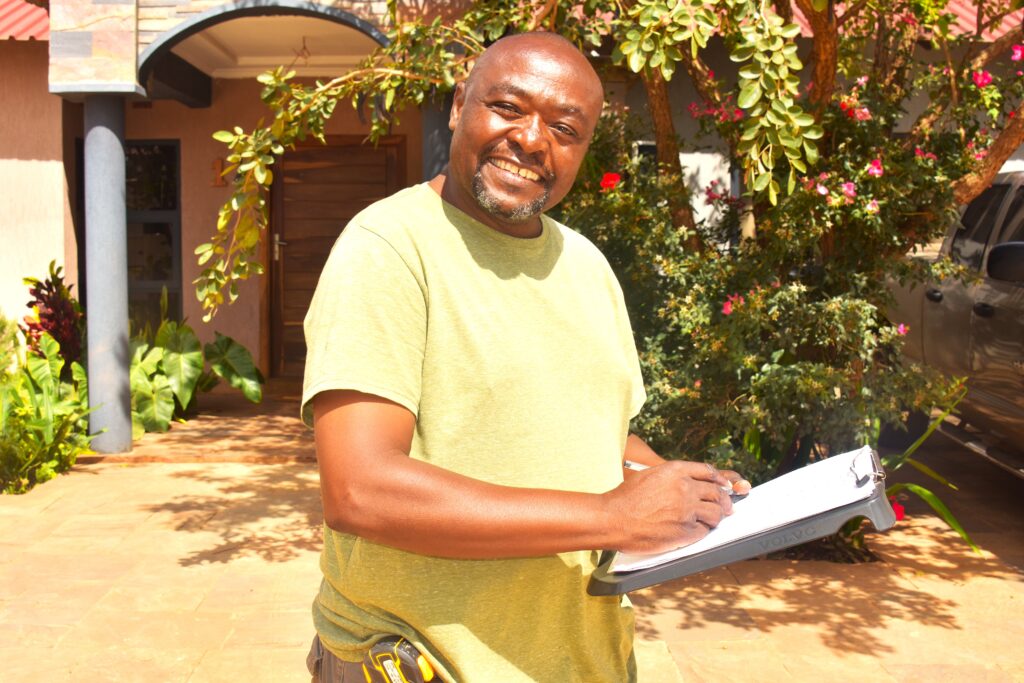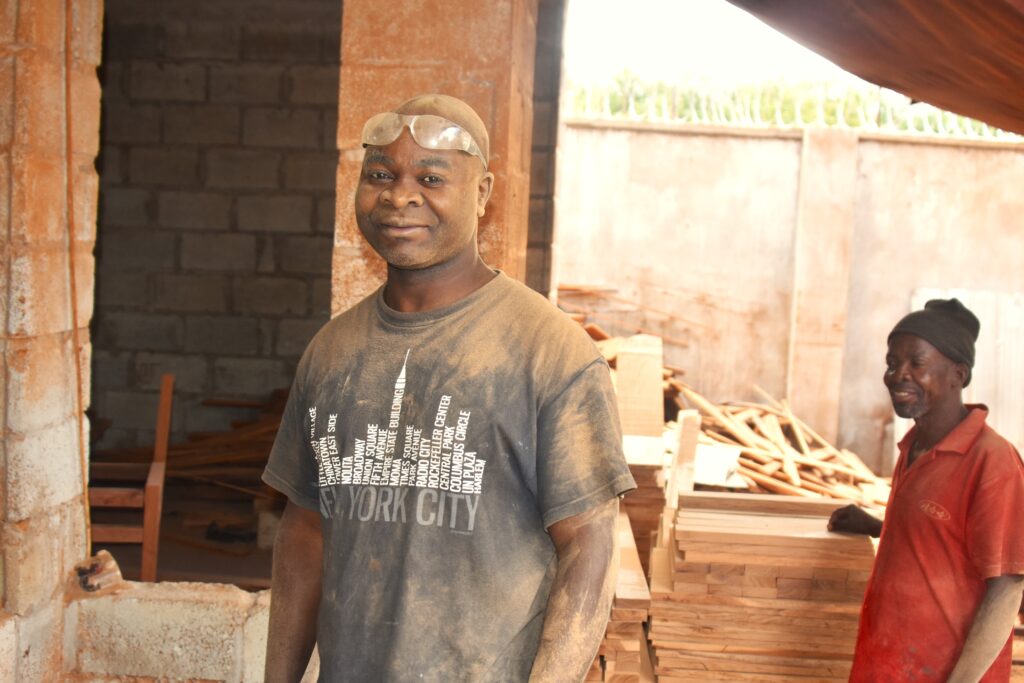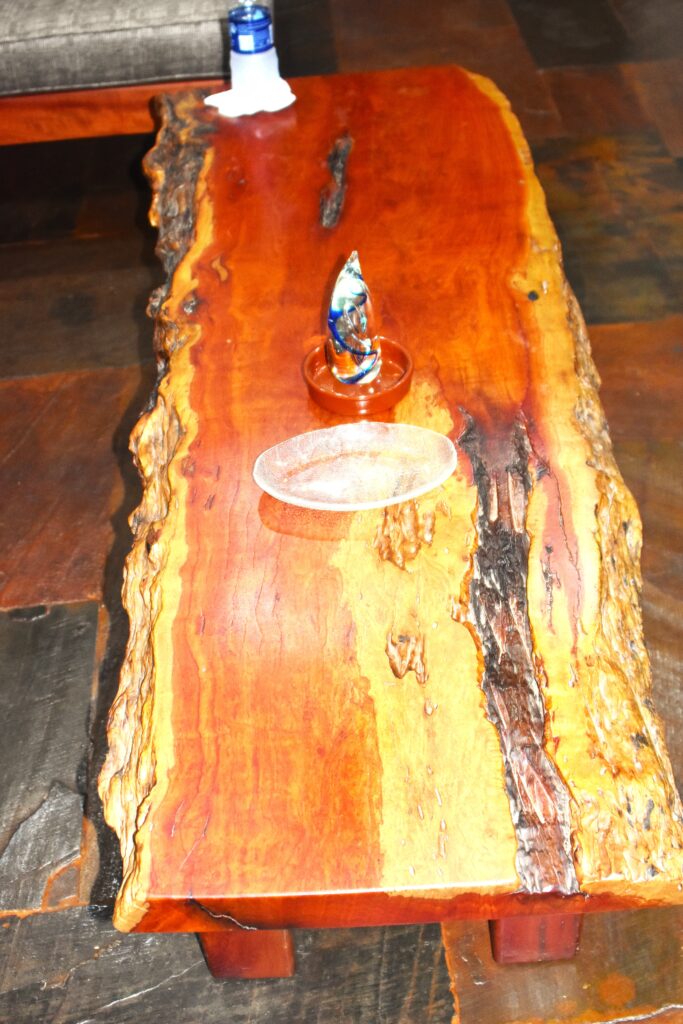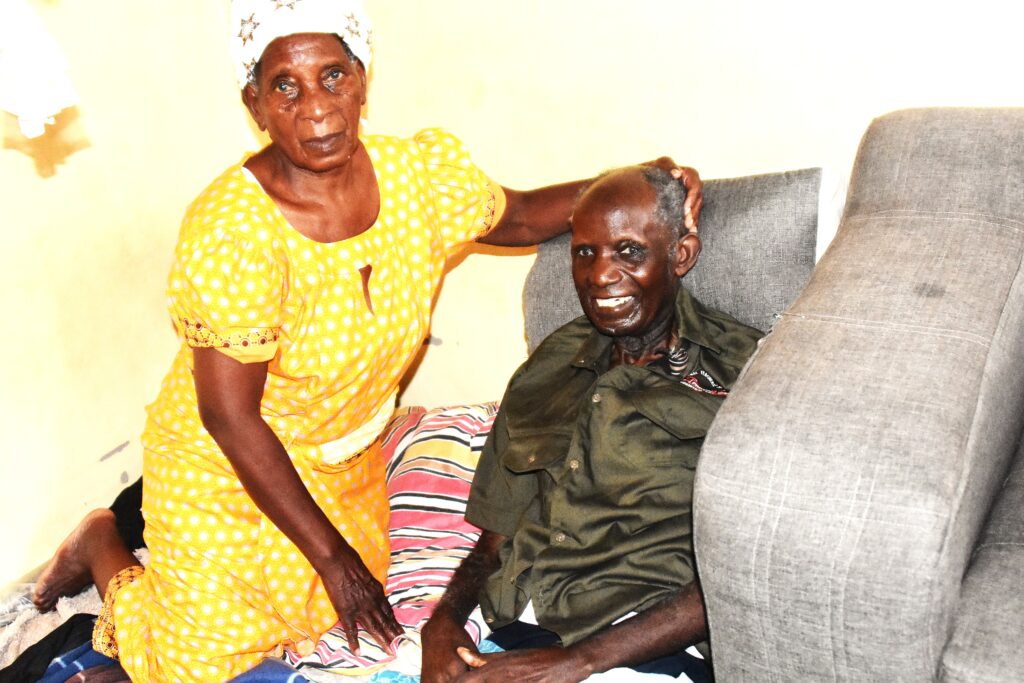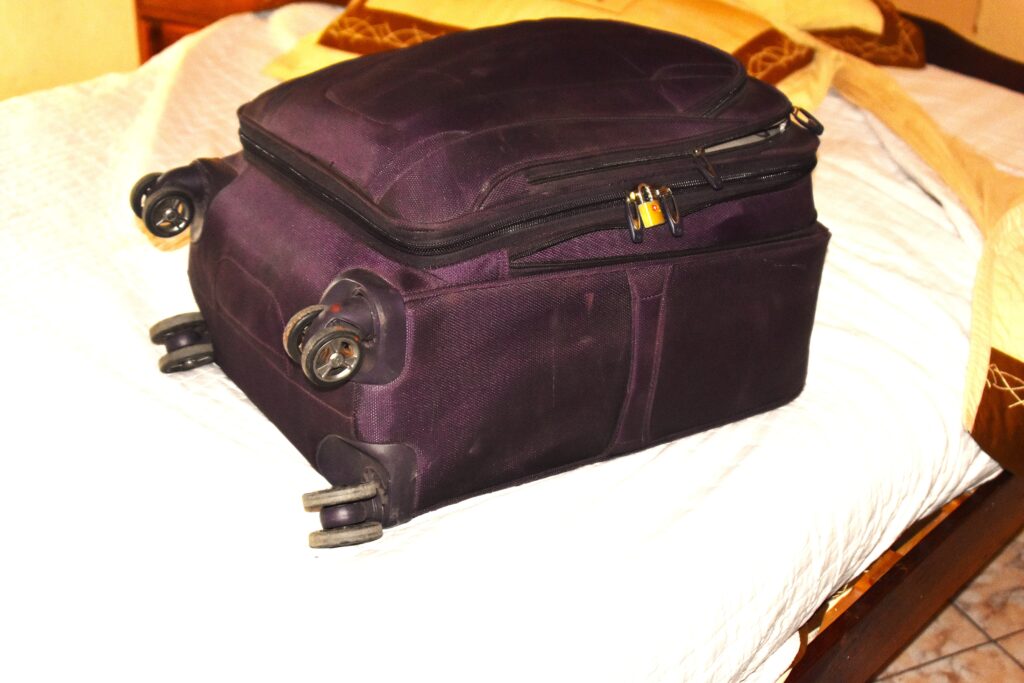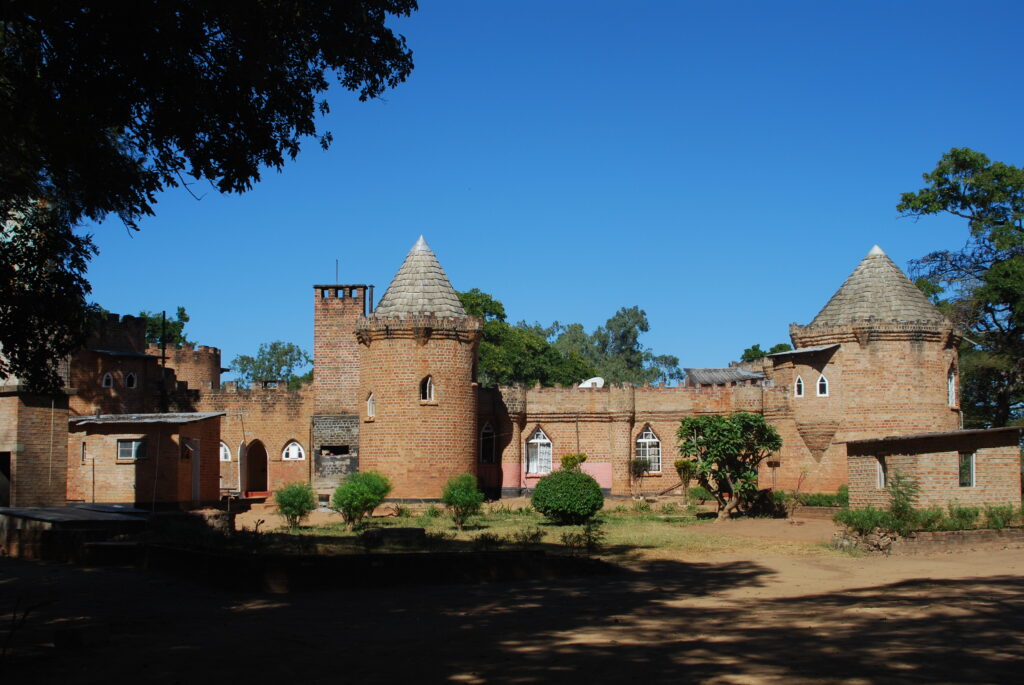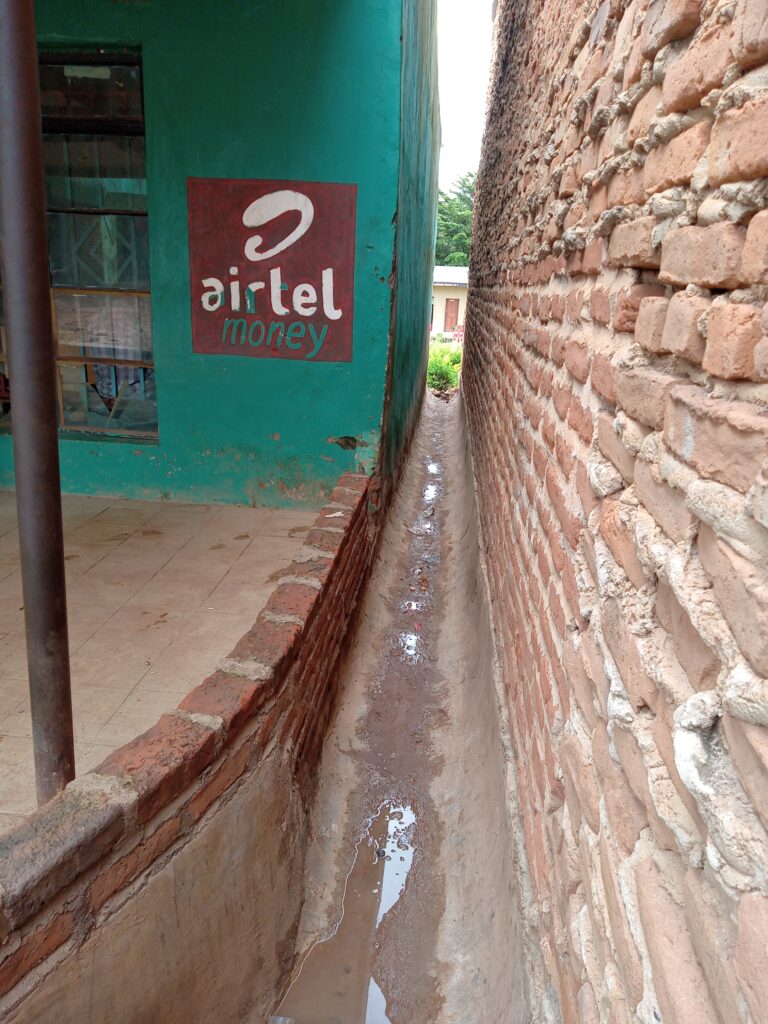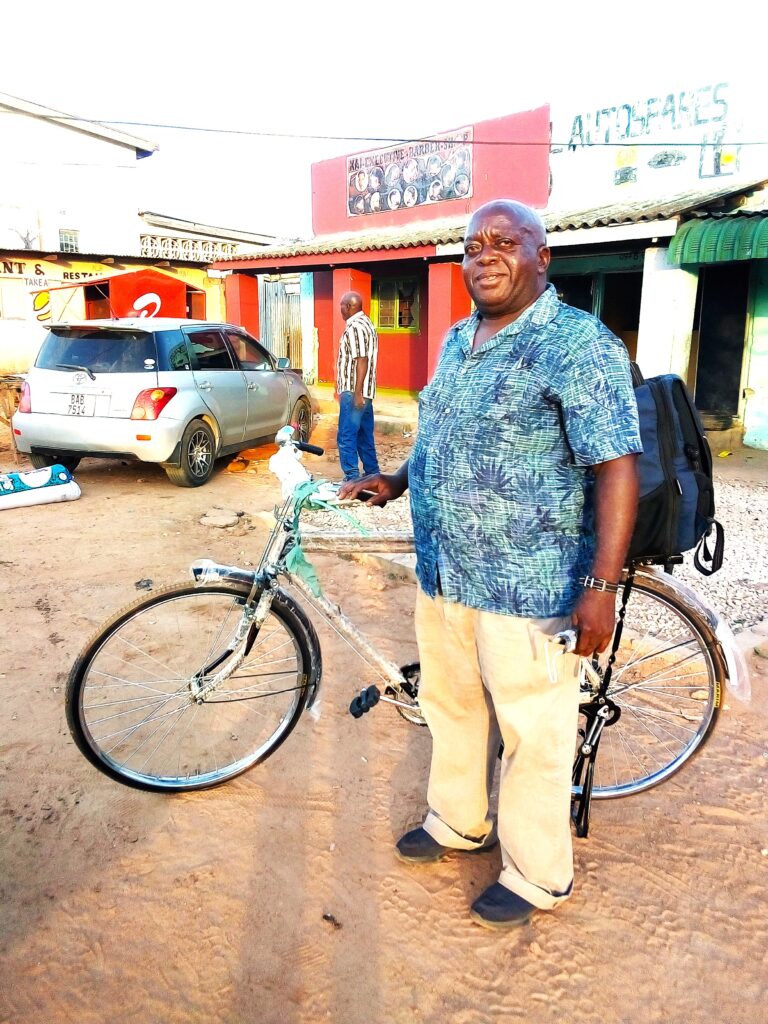White Mulantwishika Phiri, The Conflict Between Alice Lenshina Mulenga and 1964 Government, Lusaka, Zambia Educational Publishing House, 2021, Paperback, K110.00 ($4.00).
BOOK REVIEW
by
Mwizenge S. Tembo, Ph. D
Emeritus Professor of Sociology
Introduction
A large, excited ululating crowd had gathered and created a circle in the middle of Seleta village in Chief Magodi’s area in the Lundazi district of the Eastern Province of Zambia. In the middle of the large circle was a famous figure. I was 6 years old, and I was anxiously moving around the outer edges of the standing crowd trying to have a glimpse of the famous figure. Hundreds of adult legs were blocking my view and the view of many of us children as I tried desperately here and there to see. I failed to see the famous figure. The figure was Elesina or Lenshina as us the Tumbuka called her. The figure was Alice Lenshina Mulenga. This was in 1960 when she was touring her congregations, including at my father’s Seleta Village where converts had built a Lumpa Church Temple.
In August 1964 I was 10 years old. My family lived at Dzoole Primary School north of Chipata. My father, mother, brothers, and sisters were worried. There was tension, sadness and anxiety in our Tembo family of 9 children. For days we did not know whether we would see our second oldest 15-year-old sister Christina alive. For days there was news on the radio and many rumors that a religious war had broken out in our home district west of Lundazi including my mother and father’s Chipewa and Seleta villages. Over a total of six hundred people in our two villages alone may have been burned in their grass thatched houses, killed, and massacred. Our sister Christina at the time was attending Kanyanga Catholic Girls Mission Boarding School which was right in the heart of the religious war. That school was about ten miles or 16Kms. from our two villages. The tension was unbearable as we waited every day for what seemed like days on end. My sister came home barefoot, haggard with the only dress she was wearing. The Northern Rhodesia army had fortunately evacuated her school.
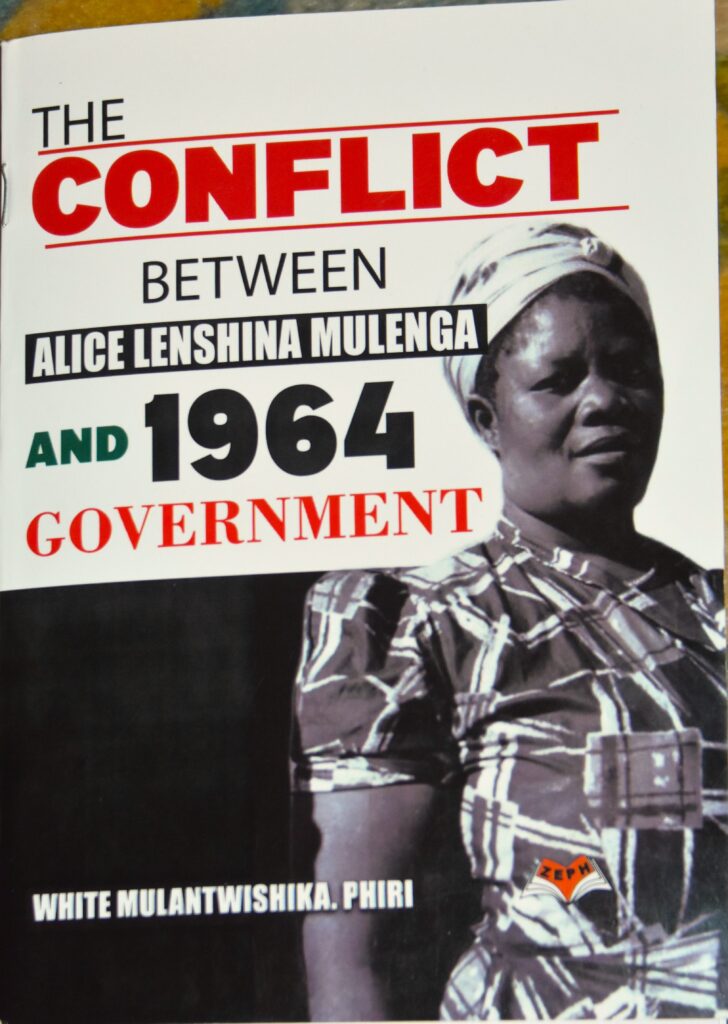
Excitement about the book
These are the reasons why since August 1964 61 years ago, I was very excited recently to buy the book: The Conflict Between Alice Lenshina Mulenga and 1964 Government. Even though I have read a book John Husdson, “A Time to Mourn: A Personal Account of the 1964 Lumpa Church Revolt in Zambia”, 1999, and I have gained some information about the Lumpa Church civil war over the years, there are still so many things I do not know or understand about that deadly Zambian civil war.
The book: The Conflict Between Alice Lenshina Mulenga and 1964 Government opens the very first sentence in Chapter One in a simple, plain, but dramatic way. “Alice Esther Mulenga died at 18:00 hours Zambian time on 24th October 1953 at Kasomo village of chief Nkula, Chinsali District, Northern Province of Zambia”. (p.1) The book goes on to describe how she resurrected from the dead in front of her grieving mourners. She then reported that she had received instructions from God and Jesus Christ. This is Alice Lenshina Mulenga’s dramatic beginning of perhaps the most influential spiritual and religious leader in Zambia in her short 25 years of life.
The book describes how Lenshina from her small modest Kasomo village established very strict moral and religious edicts as she successfully built the Lumpa Church that eventually had thousands if not at least a million followers. She had followers and congregations in the Northern Province around Chinsali, Luapula Province, Lundazi in the Eastern Province. Eventually she had followers in Livingstone, Lusaka, and all the way to the Copperbelt towns.
Historical Foundation
The historical foundations of the leadership of the Lumpa Church and the politically vital United National Independence Party (UNIP) in Zambia’s fight for independence from British Colonialism was deeply embedded in Chinsali in Chief Nkula. “The former Vice President Simon Kapwepwe and Alice Lenshina Mulenga were grandchildren of the great Chief Nkula, where also the first President of the Republic of Zambia Dr. Kenneth Kaunda was found among them as grandchildren of Chief Nkula”. (p.29)
This is among the many fascinating details of the rise of Alice Lenshina and how she was so closely related to the two influential UNIP and other leaders in the struggle for independence: Kenneth Kaunda and Simon Kapwepwe. She even blessed them as they moved forward in the struggle against colonialism.
What started the Civil War?
What ignited the worst deadly religious civil war in Zambian history in August 1964? The civil war started with conflicts between competing and clashing demands of the members of the United National Independence Party (UNIP) and members of the Lumpa Church. What may have started as personal individual disagreements between individual Lumpa church and UNIP
members escalated to beatings, killings, arson, violence, revenge murders and civil war. Alice Lenshina and her top leadership escaped to Angola. Thousands of Lumpa followers fled to seek refuge across the Congo or Zaire border. The new independent UNIP Kaunda government apprehended Alice Lenshina in Angola and put her in detention without trial for many years. She was released in Lusaka with restrictions. She died in 1978.
Book Strength
This book is very useful for Zambians or anyone who already had some knowledge about the tragic religious civil war in Zambia in August 1964 just as Zambia was gaining her political independence. I personally learned from the book as it answered some of the questions I had about Alice Lenshina and the deadly war between local UNIP members and her Lumpa church members. For example, I never knew that Alice Lenshina, President Kaunda, Simon Kapwepwe, and UNIP leadership together tried very hard to stop the fighting and establish peace in the villages in the affected areas. There was tremendous human suffering and death both in the villages and in the bushes many people had escaped to in fear and many died of hunger and illness in the bush. The book does describe the disintegration of the Lumpa church after the civil war. I had heard so much in my own villages about “Zione” and “Kamtola” and how some of my relatives had converted and gone to join the church at Kamtola at Zion. Survivors returned to my villages and quietly resettled.
Famous Hymn
There is a famous Lumpa Church hymn that we used to sing that I have always remembered from childhood. The beginning was:
Leader: Natulongane wonse!!!!
Congregation: Natube bana bacine………
But over the last 65 years since 1960 when I was 6 years old, I had forgotten the rest of the lyrics. I was relieved when I was able to sing again and complete the rest of the hymn as the author was able to reproduce all the lyrics of the hymn.
Natulongane bonse tube bana bachine twiba ngabalwani balya balechusha imfumu
Nefwe ngatwalishuka mulwani alipimpa
Aletufumya kuli tata
Translated:
“Let us meet together Faithful children, we should not be like Enemies who made the Lord suffer.
We are lucky Enemies are still following to separate us from God, Amen!”
The regrets I have are many. I wish I could read the findings of the commission of inquiry into the Lumpa church and the civil war. I wish I could read it as I am sure it is at the National Archives in Lusaka. I wish I had already been trained on how to conduct research in the 1960s and 70s; I would have been able to interview President Kaunda, Simon Kapwepwe, and Alice Lenshina to find out exactly what happened.
Criticisms
This book reviewer is a highly trained expert who has faced, and continues to face, the difficult challenges and agonizing circumstances for conducting meaningful research in Zambia and publishing books for 45 years ago since 1980. I am reluctant to spend too much energy dwelling on the criticisms of the book. There are many things that could have been done better. Sixty-seven pages is too short. Doing some of those things would challenge and require whoever the critics are to carry the button from the book author to conduct deeper research themselves in 2025 in order to answer more questions that arise from the book. But I am thankful that I have knowledge that I did not know before I read this book. I am very grateful to the author Mr. White Mulantwishika Phiri and the publishers.



